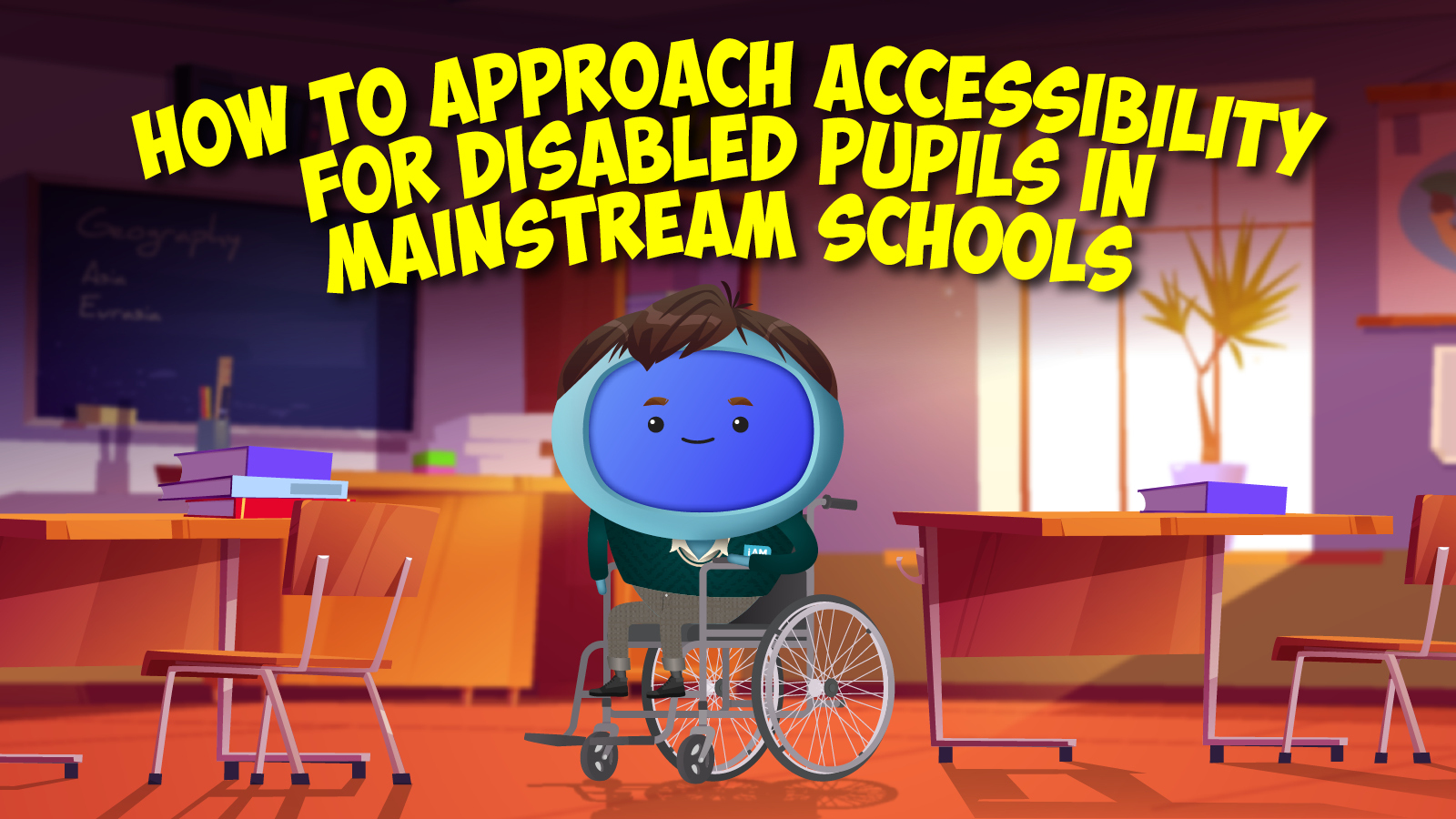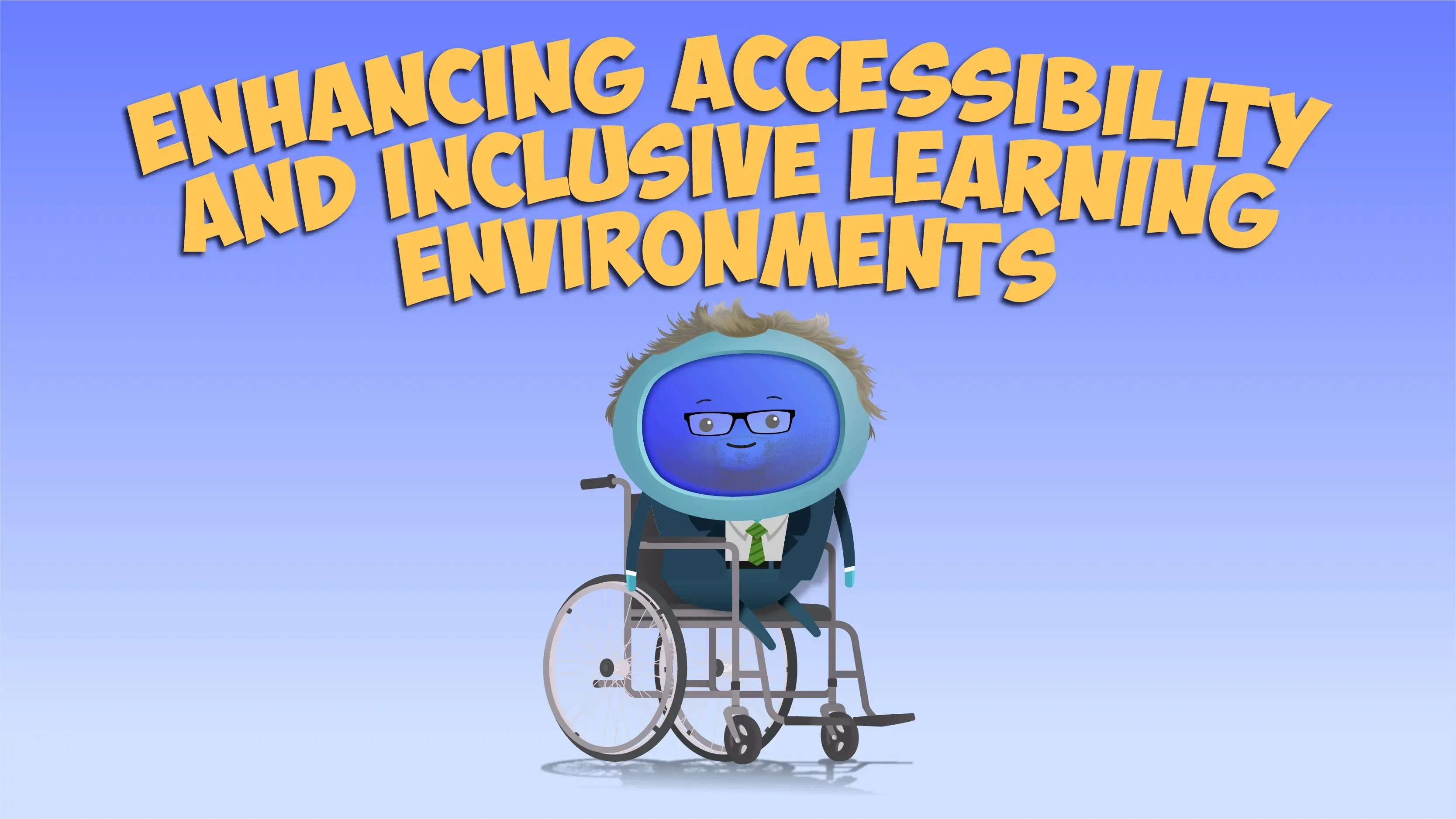Disabled children are often sent to specialist schools that can accommodate their needs. But that isn’t an option for many. Those places may be too far away or underfunded so they can only provide limited spaces. That means mainstream schools hold a key role in ensuring that every pupil, regardless of their abilities, can access education safely and effectively. They must make reasonable adjustments for disabled pupils. But what does it take to truly achieve accessibility in schools?
Why should mainstream schools consider accessibility?
Fundamentally, schools aren’t there just to give children knowledge. They’re also there to be a nurturing place, where every child feels valued and supported. And they can only do that if everything is accessible, both physically and digitally. Inclusive education isn’t just something we feel obliged to do, morally; it's a legal requirement under the Equality Act 2010. Plus, it’s fundamental to create a culture of equity and respect – how can everyone thrive when some of those doors are closed off to others?
Making sure all students can fully participate in school is no easy task. There are a lot of different pieces to that puzzle, and schools often face tight budgets that make it even harder. But at the end of the day, providing an accessible environment isn't just following the letter of the law - it's the right thing to do for our kids.
Budget-friendly reasonable adjustments for disabled pupils in schools
Making reasonable adjustments for pupils doesn’t have to break the bank, either. You could do simple things like position visually impaired students closer to teachers and adjust the snack policy to accommodate diabetic pupils. You could provide laptops for pupils with Specific Learning Disabilities and provide ear defenders to pupils sensitive to noise. There are loads you can do to help without affecting your budget too much.
How to make your school accessible for disabled pupils
Here are some of the major areas that schools need to look at closely when it comes to accessibility:
- Making Accommodations: Schools can't just wait for issues to come up - they need to be proactive about figuring out what adjustments will help students with disabilities fully participate. That could mean physical changes like installing ramps or accessible restrooms. Or it might involve providing extra learning supports like assistive tech or modified teaching materials tailored to a student's needs.
- Having a Plan: It's smart to develop a comprehensive accessibility plan for schools as their roadmap for becoming more inclusive over time. Do an audit, talk to parents and experts, pinpoint areas that need work, and set clear goals with timelines for getting it done. That way they can tackle it systematically.
- Knowing the Laws: Understanding all the legal requirements around accessibility is crucial for school leaders. There are requirements for everything, like legislation on accessibility to school grounds. Or discrimination - for example, preventing children with crutches from going out for a break as it would take too long would be discriminatory. Being up to speed on the laws isn't just about checking boxes. It's about truly committing to creating an environment where every student can thrive and reach their full potential.
Making mainstream schools inclusive isn't something that should be treated as an afterthought or a nice-to-have. It's a central value that must be baked right into the philosophy of what education is all about. Inclusivity mustn’t be an add-on - it must be a core guiding principle.
Download our FREE Accessibility Maintenance Toolkit
For practical resources to enhance accessibility in your school, consider downloading the iAM Compliant Accessibility Maintenance Toolkit. This comprehensive toolkit includes valuable resources, including an eBook on accessibility equipment, a template accessibility plan, and informative videos from our expert Andy Ball, covering legal requirements, maintaining accessible assets, and fire safety for disabled pupils. Additionally, the kit includes a not to be missed fireside chat with Andy and former SEND headteacher, Kirsty Treherne, discussing accessibility learnings from SEND schools.
Together, let's ensure that every child has the opportunity to learn and grow in an environment that celebrates diversity and promotes inclusivity.



